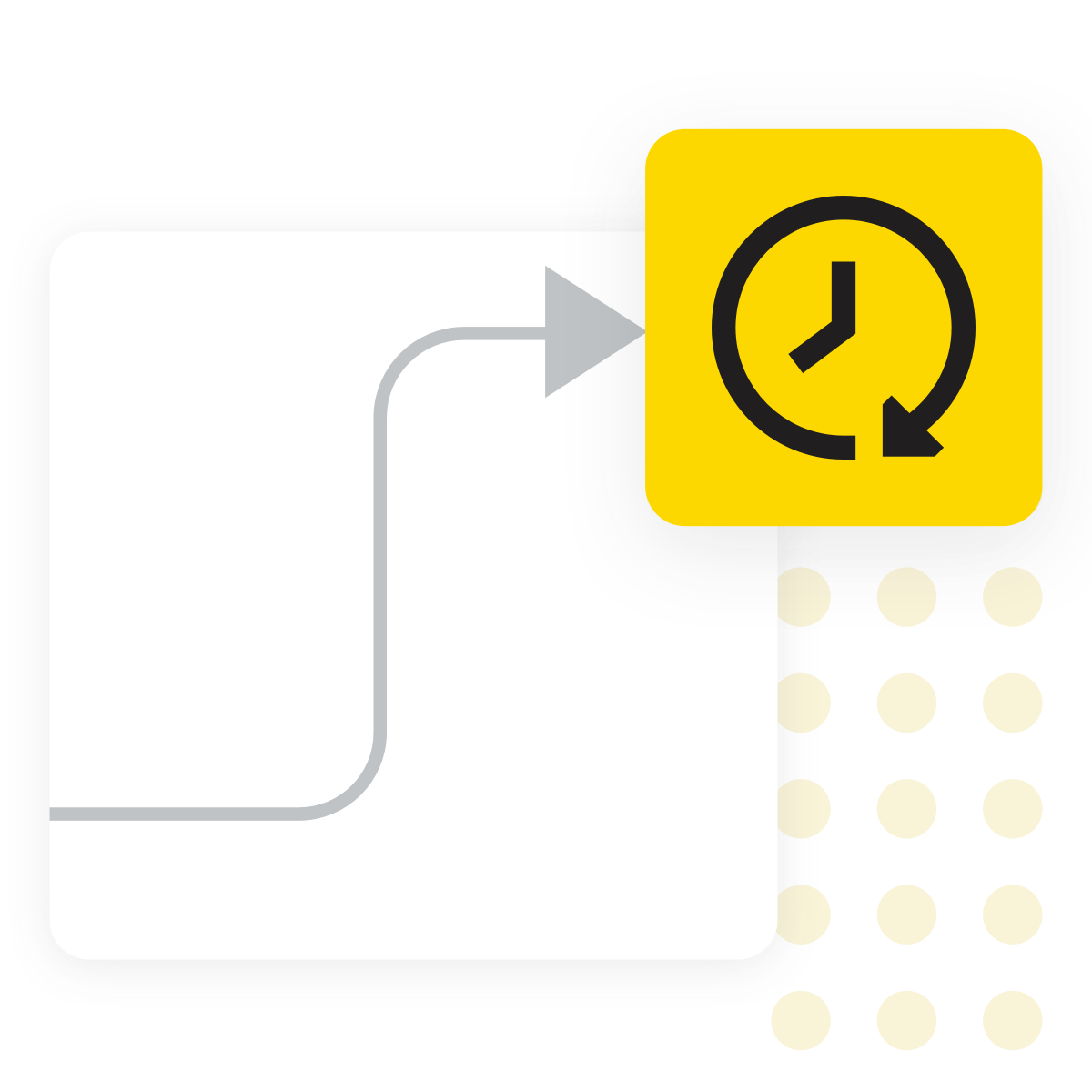Attribution Modeling with KNIME
Attribution modeling assigns credit to the different marketing touchpoints that lead to a conversion, such as email clicks, ad views, or social media interactions. With KNIME, you can bring together customer journey data, apply methods like regression, Shapley value analysis, or propensity score matching, and visualize the results in Data Apps or reports. This helps you understand what’s actually driving conversions—so you can allocate budgets more effectively and improve the return on your marketing spend.
KNIME Workflow Examples for Attribution Modeling
This attribution modeling example workflow employs a multi-model approach, whereas this workflow uses Propensity score matching to evaluate the impact of marketing channels on conversions.
- It begins by importing and preparing customer interaction data from sources such as Excel, databases, or web analytics, with a focus on defining conversions and structuring exposure sequences.
- The Data Explorer node is used to generate summary statistics. Exposure likelihood is estimated using logistic regression in R, followed by Propensity Score Matching to compare similar treated and untreated groups.
- The workflow also applies touch-based models—such as first-touch, last-touch, and average-touch—and uses the Linear Correlation node alongside logistic regression to account for confounding variables.
Why use KNIME for Attribution Modeling

What is Attribution Modeling?
Attribution modeling is the practice of assigning credit to various channels or touchpoints in the customer journey that lead to a desired outcome, such as a purchase or sign-up.

Why does it matter?
Understanding how each marketing channel contributes to conversions helps you allocate budgets more effectively, optimize campaigns, and justify spending across channels.

Typical challenges
- Isolating the effect of different channels when touch points are interrelated
- Adjusting for bias in exposure (e.g., more ad exposure for more engaged users)
- Modeling complex interactions and sequence effects
Communicating results clearly to stakeholders

Benefits of using KNIME
- Connect customer journey, campaign, and conversion data from tools like Google Analytics, CRM systems, databases, and spreadsheets
- Apply visual workflows to implement attribution methods like regression models, Shapley value analysis, or propensity score matching
- Build interactive components to compare attribution results, explore channel contributions, and present findings in Data Apps
- Ensure reproducibility, transparency, and collaboration through KNIME’s modular, node-based workflow environment
How to use KNIME for Attribution Modeling

Data Access and Preprocessing
Load customer interaction and conversion data from Excel files, databases, CRM systems, or web analytics platforms. Clean and standardize inputs by identifying conversion events, coding marketing channels, and constructing exposure sequences to ensure consistency and accuracy. In both workflows—Propensity Score Matching and multi-method attribution—the process begins with data exploration. Use the Data Explorer node to generate descriptive statistics (mean, median, standard deviation).

Feature Engineering and Modeling
In the Propensity Score Matching approach, logistic regression in R is used to estimate the likelihood that a customer is exposed to a given marketing channel. Treated and untreated users with similar scores are then matched to simulate a randomized experiment. This enables a more accurate estimation of the marketing channel’s effect on conversion by reducing selection bias.
In the multi-method attribution approach, several models are implemented to evaluate channel impact from different perspectives. Touch-based models like first-touch, last-touch, and average-touch attribution allocate credit based on the sequence or frequency of touchpoints within a customer journey. To incorporate statistical modeling, the Linear Correlation node helps identify associations between touchpoints and conversions. Logistic regression models are then built using either the Logistic Regression Learner or R Snippet nodes, with additional customer-level variables such as CLV and relationship length used to control for confounding effects.
Shapley value–based attribution is implemented by extracting full customer journeys. Conversion rates are computed for both full paths and sub-paths with the GroupBy and Expression nodes, allowing for the calculation of each touchpoint’s marginal contribution to conversion.
Finally, randomized field experiments are analyzed by comparing control and treatment groups exposed to specific channels. Conversion rates are evaluated using visualization nodes in KNIME—such as the combined impact of flyers and banners—to assess potential synergies or substitution effects between marketing channels.

Computation of Attribution Values and Visualization
In the Propensity Score Matching workflow, estimate conversion differences between matched groups and summarize the results in tables. In the multi-method attribution workflow, compile outputs from each model—such as channel contribution scores, regression coefficients, or marginal lift estimates—into a unified summary. Use KNIME visualization nodes, Plotly, and R View nodes to interactively visualize and compare results.
How to Get Started
Additional Resources
Collection page: Machine Learning and Marketing
A set of example workflows of common data science problems in Marketing Analytics.
Scoring Metrics: Evaluating Machine Learning Models
An overview of scoring metrics to evaluate models.
FAQ
It depends on your data, complexity, and goals. Use simple touch-based methods for quick insights, regression for modeling simultaneous channels, propensity score matching to mimic experimental controls, and Shapley values for equitable multi-channel crediting.
Absolutely. KNIME’s file system connectors, Excel support, and database nodes let you integrate your own data sources directly.
Yes, KNIME can integrate data from various sources—including CRM systems, web analytics, and offline campaigns—and combine them into a unified view. This enables comprehensive cross-channel attribution, encompassing interactions from email, ads, in-store visits, and other channels.
